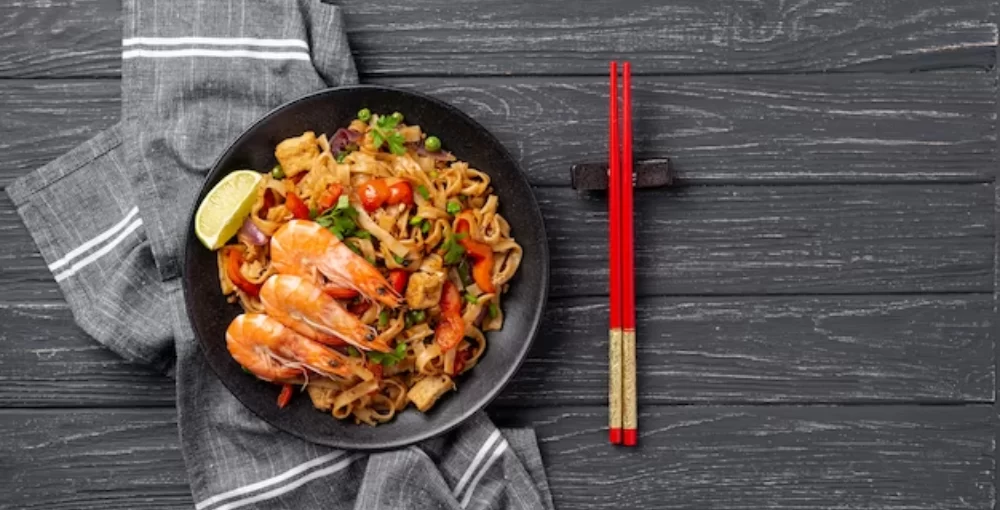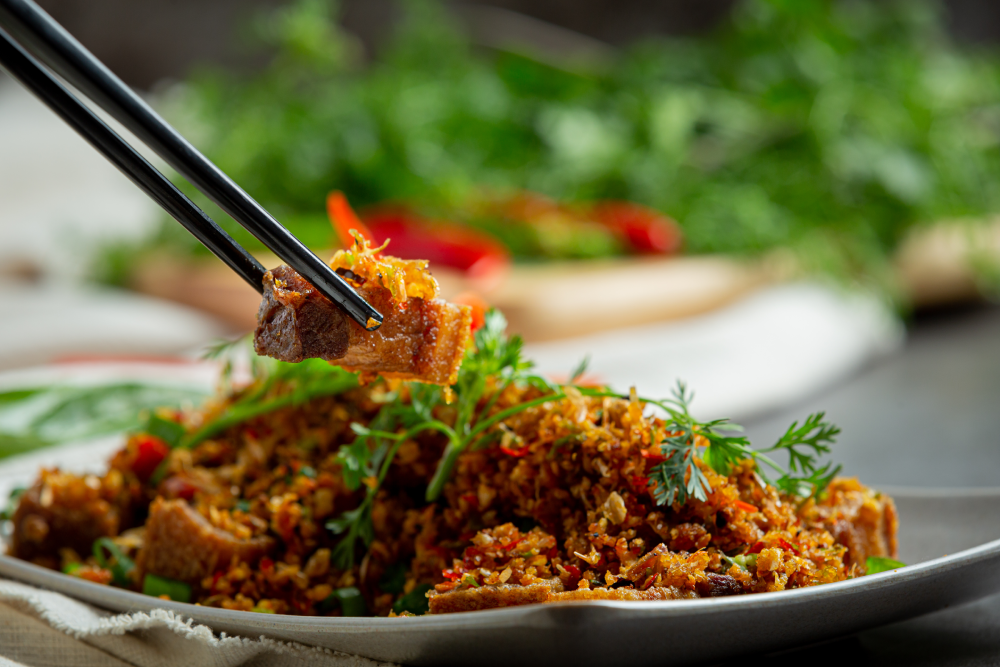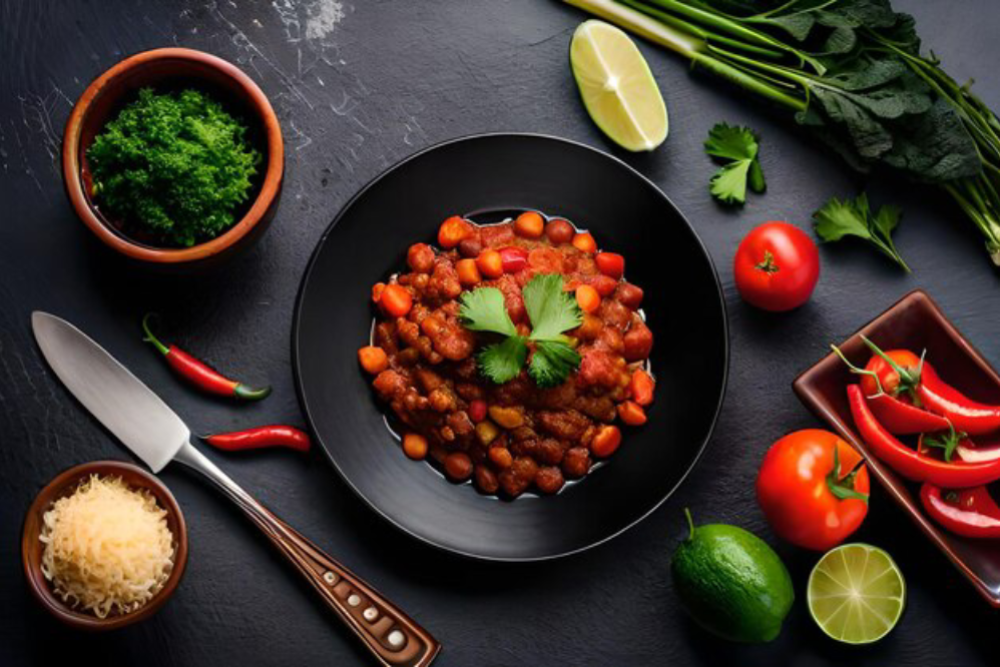Dining is more than just nourishment; it is an expression of culture, tradition, and social norms. In Asia, where diversity thrives and ancient customs endure, table etiquette becomes a fascinating and integral part of the dining experience. With its rich tapestry of cultures, each Asian country boasts its unique dining traditions, etiquettes, and rituals that have evolved over centuries. This journey through Asian table etiquette will unveil the intricate nuances, the significance of gestures, and the unspoken language of respect that surround dining tables in this diverse continent.
Dining etiquette is a cultural journey that transcends borders, and in Dubai, where diversity thrives, it’s no exception. Beyond exploring Asian table etiquette, the city offers a vibrant culinary scene that allows you to experience the flavors of Asia firsthand. From savoring delectable Malaysian dishes at an authentic Malaysian restaurant in Dubai to indulging in the aromatic delights of Nasi Goreng and Chicken Satay at a local eatery, Dubai’s dining landscape is a fusion of traditions. Whether you’re in search of an upscale Asian fusion restaurant in Dubai or an expansive Asian palate in Dubai, the city’s diverse culinary offerings will transport you to the heart of Asia’s culinary heritage.
China: The Art of Chopsticks
When you think of Chinese dining etiquette, the first image that may come to mind is that of chopsticks. These slender utensils, unlike the Western fork and knife, are more than just tools for eating; they symbolize cultural unity and the Chinese way of life. The first lesson in Chinese table etiquette is the mastery of chopsticks, which, to the uninitiated, can be a daunting task.
Holding chopsticks correctly is a sign of respect and good manners. The traditional Chinese way of holding them is to rest one chopstick on the ring finger and the other on the thumb, while the index and middle fingers control their movement. It is considered impolite to point with chopsticks, tap them on the table, or leave them standing upright in a bowl of rice, as this resembles incense offerings to the deceased.
The serving of dishes is also a dance of hierarchy and respect. The host or eldest person at the table usually initiates the serving. It is customary to offer food to others before serving oneself. When accepting food from communal dishes, it is polite to take small portions, leaving plenty for others. And, when you’ve had your fill, do not push your plate away but leave a small amount of food to show that you are satisfied.
Japan: The Zen of Dining
In Japan, dining is elevated to an art form. The Japanese approach to table etiquette is deeply rooted in the principles of Zen Buddhism, emphasizing mindfulness, simplicity, and harmony. Japanese dining etiquette is a reflection of their cultural values and respect for others.
One of the most iconic elements of Japanese dining etiquette is the use of low dining tables and floor cushions known as “zabuton” Sitting seiza-style, with your legs folded beneath you, is a traditional way to show respect at the dining table. Before beginning the meal, it is customary to say “itadakimasu” a phrase expressing gratitude for the food.
When using chopsticks in Japan, the emphasis is on using them delicately and quietly. Never point them at others, and never pass food directly from chopstick to chopstick, as this resembles a funeral ritual. It’s also important to note that in Japan, it is common to lift the bowl to your mouth when eating, especially when enjoying a bowl of miso soup. Slurping noodles, particularly in the case of ramen, is perfectly acceptable and even encouraged in Japan. It’s a sign of appreciation for the meal. However, loud conversation and talking with a mouthful of food are considered impolite.
India: The Feast of Flavors
India’s diverse cuisine reflects its rich cultural tapestry, and Indian dining etiquette is equally colorful and varied. From the North to the South, East to West, India’s table manners showcase a blend of tradition, religion, and regional customs. One of the most significant aspects of Indian dining etiquette is the use of hands. In many parts of India, it is customary to eat with your fingers, particularly the right hand, as the left hand is considered unclean. The fingers are used to mix various dishes, scoop up rice or bread, and deliver food to the mouth. Washing hands before and after the meal is a fundamental practice.
Sharing is at the heart of Indian dining etiquette. In many Indian households, food is served family-style, and it’s common to use communal serving bowls. When serving, it is customary to offer food to elders or guests first. Refusing a second serving is often considered polite initially but may be offered a few times before being accepted.
Thailand: The Spice of Life
Thai cuisine is known for its vibrant flavors, and Thai dining etiquette is just as colorful. Thai meals are a social affair, where the emphasis is on sharing and communal dining. The blending of sweet, salty, spicy, and sour flavors is not the only delightful aspect of Thai dining; the customs and rituals add to the experience.
In Thailand, it is customary to place your hands together in a prayer-like gesture called “wai” before and after the meal to show respect and gratitude. As you eat, use your fork to push food onto your spoon, rather than placing the fork in your mouth. Chopsticks are not traditionally used in Thailand, except for eating noodle dishes.
The way you handle chili peppers in Thailand can be a subtle indication of your spice tolerance. If you can handle the heat, leaving the peppers on your plate shows that you can handle life’s challenges. However, if you’re not a fan of extreme spiciness, it’s perfectly acceptable to set them aside.
South Korea: The Harmony of Banchan
In South Korea, dining etiquette revolves around the concept of “banchan” a variety of small side dishes served alongside rice and soup. These side dishes are meant to be shared, and the art of banchan reflects the Korean value of togetherness and hospitality. When dining in South Korea, it is customary to wait for the eldest person at the table to start the meal before you begin eating. As a sign of respect, never pour your own drink; instead, pour drinks for others, and they will reciprocate. It is also polite to use both hands when receiving something from someone, whether it’s a bowl of rice or a glass of water. Korean dining etiquette extends to the use of chopsticks and spoons. Chopsticks are used for picking up solid foods, while spoons are used for soup or rice. Do not point your chopsticks at others, as this is considered impolite.
Vietnam: A Symphony of Balance
Vietnamese dining etiquette is a harmonious blend of Confucian and Buddhist principles, emphasizing balance, respect, and gratitude. Vietnamese cuisine is celebrated for its freshness, and the etiquette mirrors this appreciation for natural flavors. In Vietnam, it is customary to begin the meal with a gesture of thanks, such as a slight bow or placing your hands together as if in prayer. When using chopsticks, it is considered polite to hold them near the middle or back, rather than the front. This shows that you are taking a humble approach to dining. The act of sharing is deeply ingrained in Vietnamese culture. Dishes are typically placed in the center of the table, and everyone helps themselves. It is polite to take only what you can finish to avoid wasting food. Pouring tea or drinks for others is a sign of respect, and it’s common to make a gesture of thanks when someone refills your glass.
Conclusion: A Feast of Diversity
Exploring Asian table etiquette is like embarking on a journey through a rich and diverse tapestry of traditions, values, and customs. Each country has its unique way of showing respect, gratitude, and togetherness at the dining table.




